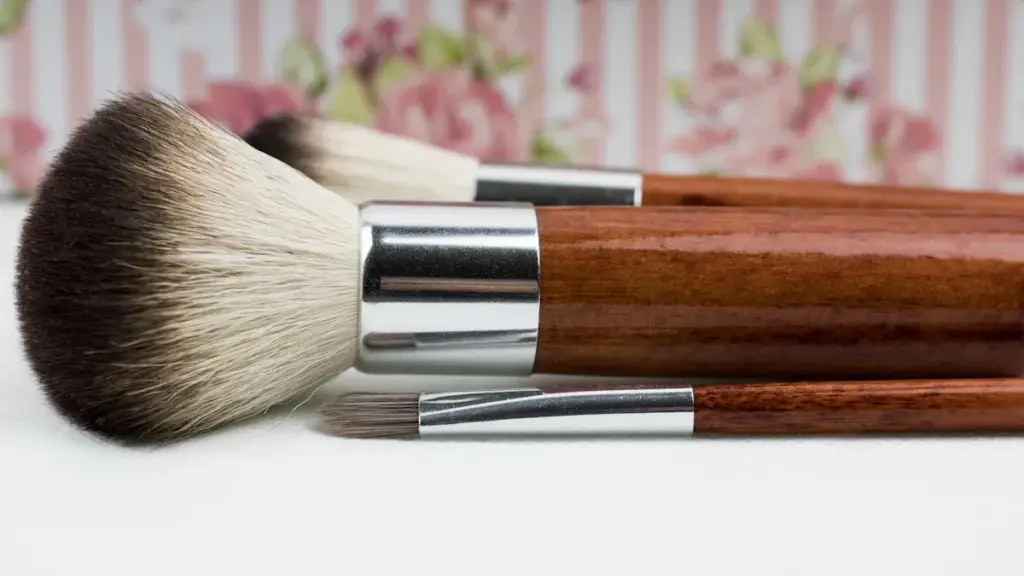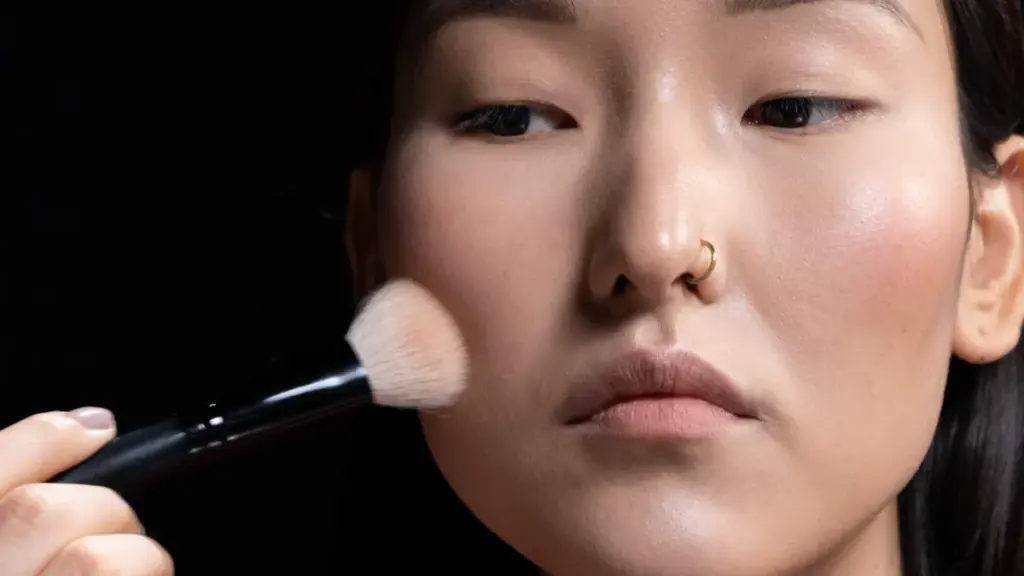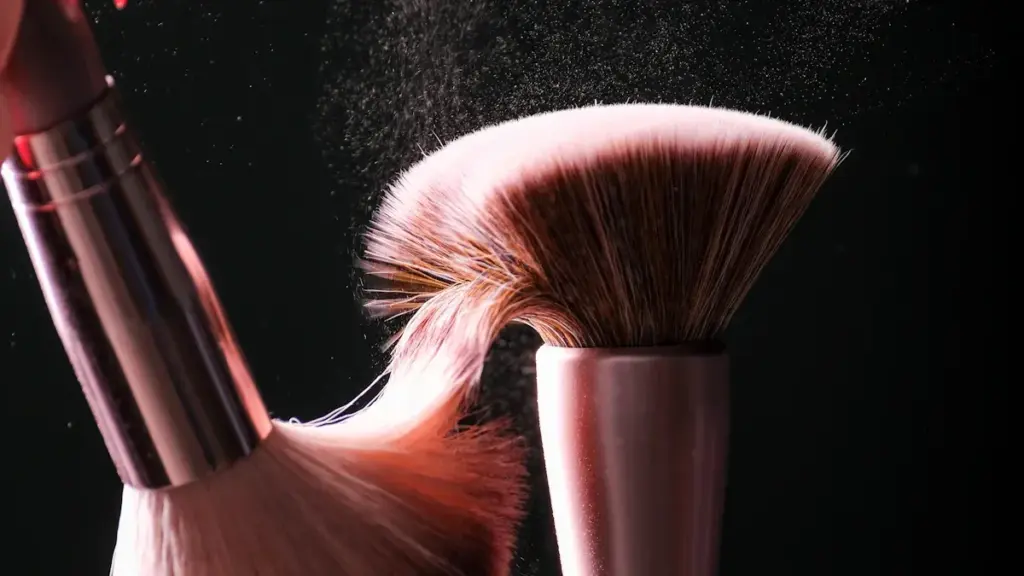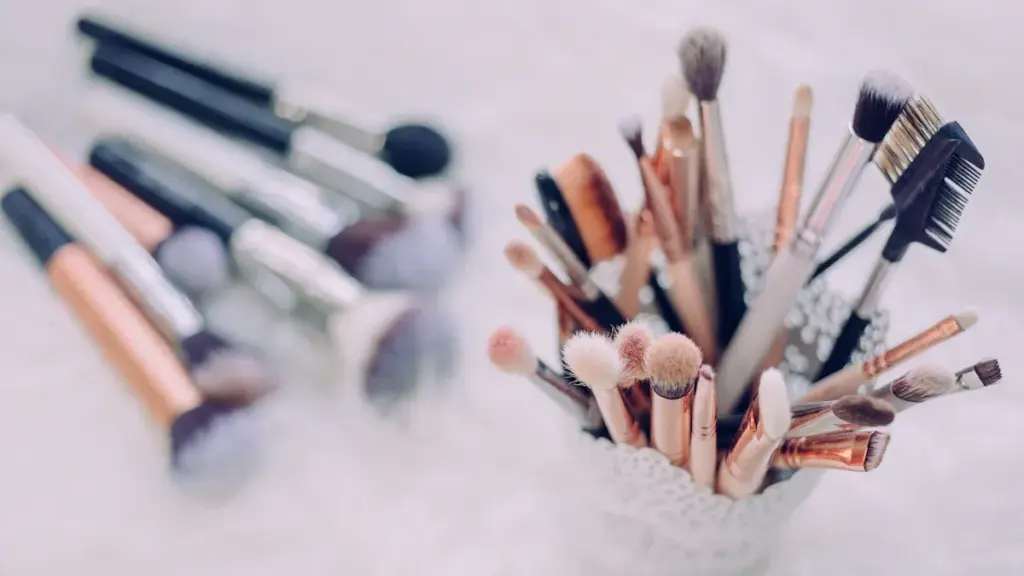
Source: Future Getty
Beauty has diversity. Makeup is used to better show our own characteristics, to make ourselves look more beautiful. Similarly, there are a variety of makeup styles. Especially when it comes to foundation applicators, make up tools supplier manufactures different types of products.
Whether your face makeup is a powder, tinted moisturizer, or thicker liquid foundation, there are many options including different types of tools for applying foundation. Some prefer to use a brush; some prefer to use a sponge; some even use only their fingers without the aid of any makeup tools.
Ultimately, it comes down to personal preference and skill level. This article will briefly compare the advantages and disadvantages of foundation brushes and sponges, and provide some tips on how to use them, with the hope that readers can successfully choose the right product for themselves.
Comparison

Source: Aliexpress
Pros and Cons of Foundation Brush
Pros
- Precise application
The foundation brush allows you to use less makeup products, since it doesn’t absorb your liquid makeup the way a sponge does. This means you won’t waste any of your pricey makeup — every drop goes on your face.
- Blends product well
Brushes are usually suitable for any kinds of foundation products, whether it is liquid, cream or powder. In addition, you can easily apply it to your skin to get the desired amount of coverage.
- Easy to clean and maintain
The cleaning for foundation brushes is relatively simple. After each use, rub it on a clean sponge, or spray water with a watering can and dab it on a paper towel. Makeup brushes are not easy to get dirty, but it’s still important to clean them promptly. Generally speaking, once a week is the best.
Cons
- Can create streaks if not used correctly
It is easy to create streaks if you do not know how to use foundation brushes correctly.
Before using a foundation brush, spread the liquid foundation with your fingers over your face, rather than dot it. Thicker liquid foundation also needs to be diluted with essence before being applied to the face. Make quick strokes when applying foundation to avoid creating streaks.
- Can be time-consuming to apply
It can be time-consuming to apply foundation with brushes. Because using brushes tend to create streaks, you may need to use other tools to touch up your makeup after using the brush, which adds a lot of time to your makeup process.
Pros and Cons of Makeup Sponge
Pros:
- Provides a natural, airbrushed finish
Sponges are elastic and are able to bounce around the entire face, allowing you to build into a complete coverage effect.
- Blends product seamlessly
Makeup sponge can seamlessly buff foundations into your skin in seconds. Even after a full day’s wear, you will hardly experience any caking in the complexion.
- Various functions
Foundation sponges are also versatile. They are suitable for creams, liquids, and even pressed powders. By using sponges, you can apply any types of foundation to get the cover and finish you want.
Sponges come in different shapes. Skilled people can use different shapes and angles to blend foundation in hard-to-reach areas.
Cons:
- Can absorb a lot of product
Some professional makeup artists will argue that whether sponges are wet or dry, they will be likely to absorb too much foundation and will look clumpy once applied. Therefore, using sponges means that you will waste more expensive cosmetics in the long run.
- Can be difficult to clean and maintain
Sponges don’t tolerate dirt because, compared to makeup brushes, they will carry more bacteria. It is important to clean the sponge in time.
Tips and Tricks for Using a Foundation Brush

Source: tarte cosmetics
Choose the Right Brush Shape and Size
There are two common types of foundation brushes: full coverage fluid brush and light coverage fluid brush.
Tapered brushes look like a painter’s brush and have a pointed and slanted end, and are very popular to use. When used with long downward strokes, you can create a streak free, and flawless look with using liquid foundation.
For powder foundations, a rounded brush is a great option, because its full and thick bristles will pick up the most product and allow for better coverage. In addition, the shape, length, softness of brushes also affect the use effect.
Use the Right Amount of Product
Before using tools, apply some foundation to your forehead, nose, chin, and cheeks. Be careful not to use too much foundation, otherwise it can easily create streaks. On many occasions, the size of two fingernails is enough.
Blend in Circular Motions
With a tilt of the brush, scrape the foundation with half the brush head in a circular motion, and push away the foundation. Then gently sweep the brush back over the face. If you still have brush streaks, dab them with a sponge or your finger.
Tips and Tricks for Using a Foundation Sponge
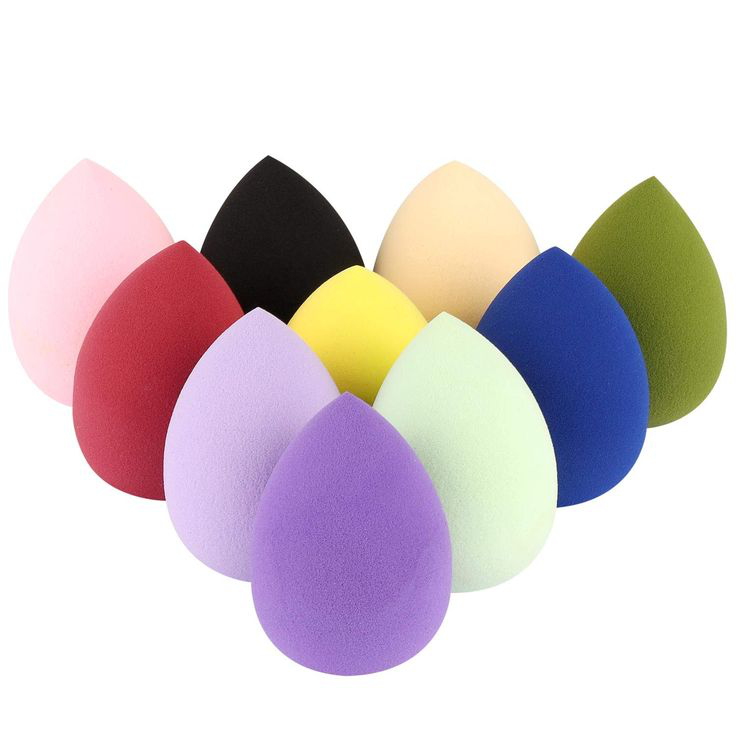
Dampen the Sponge Before Use
Foundation sponges have a porous texture which absorbs water. The moisture in the sponge allows for the product to blend into your skin easily. You should always squeeze all the excess water out of your sponge before use, and leave the sponges out in the air to dry.
Makeup sponges can absorb more products than brushes, giving your finish a more “diffused” look. A dampened sponge will allow the makeup product to sit on top of your skin and will dry up very quickly. This would be great if you want a fresh and dewy look on your skin. A wet sponge with powder will counteract any excess shine without making you look too flat and matte.
Use a Bouncing Motion to Apply Product
Because the sponge can shrink and expand easily, you can pinch the sponge a little smaller and gently press vertically on your face before touching the foundation. A common mistake is to rub your face horizontally with a sponge, which can damage the delicate skin and cause makeup glitches.
Clean the Sponge Regularly
Professional makeup artists advise that making sure any tools that touch your face are clean. Washing your sponge after every use will be better.
If you do not clean the sponges properly, bacteria may accumulate on the surface and inside of the sponges, causing facial inflammation and acne after use.
How to Choose Between a Foundation Brush and Sponge

Source: pass the beauty
Skin Type
Foundation brushes can be used on any skin type. Brushes are softer and less irritating to the skin, making them better for people with sensitive skin or acne on their faces. For those with sensitive skin, professional artists recommend looking for polished foundation brushes.
However, if skin blemishes are more obvious, such as acne, the makeup effect of foundation brush might be poor. Sponges are better for people with larger pores because they will absorb oil, which helps the pores expand.
But no matter what skin type, you need to moisturize and clean your face at ordinary times, and clean your makeup tools in order to get a good look.
Makeup Routine
Sponges are better for applying foundation evenly on areas of your face that need more attention (around the mouth and nose, for example) since you can apply the product with ease.
Additionally, sponges are good at controlling the amount of coverage you want to achieve through application of your makeup.
Foundation brush, however, are more time-consuming. If you do not have much time to makeup in the morning, foundation might not be a good choice for you.
Desired Finish
If you want a sheer look, using a sponge would be easier compared to application with a brush.
For a creamy, muscular look, try spreading out your foundation with a foundation brush and then gently patting your face with a damp sponge.
Product Type
If the texture of the liquid foundation is dry, or the foundation has strong effect in covering up some imperfections, like scars or acne, it is recommended to choose the foundation brush. If the powder is fine, streaks will be more obvious after the brush is used.
A brush is better for foundation. Makeup sponges are usually used with liquid foundation and can also be blended with concealer or setting powder.
Conclusion

Source: tarte cosmetics
Using the right tool is extremely important when it comes to applying your makeup. You will need to experiment with both a brush and sponge to find out which application works best for you.
Makeup brushes and sponges have their own characteristics. Consumers need to take different skin types, makeup methods, base products, and other factors into consideration. The level of personal makeup skills also affects the make up effects with using different tools. Therefore, you should consider your personal situation when choosing makeup tools.
You’d be hard-pressed to find a makeup artist who strictly uses one over the other. Brushes and sponges can work together when it comes to blending your foundation, blush, and contour seamlessly for a natural, looks-like-skin finish.
Practice Makes Perfect, for both brushes and sponges!














